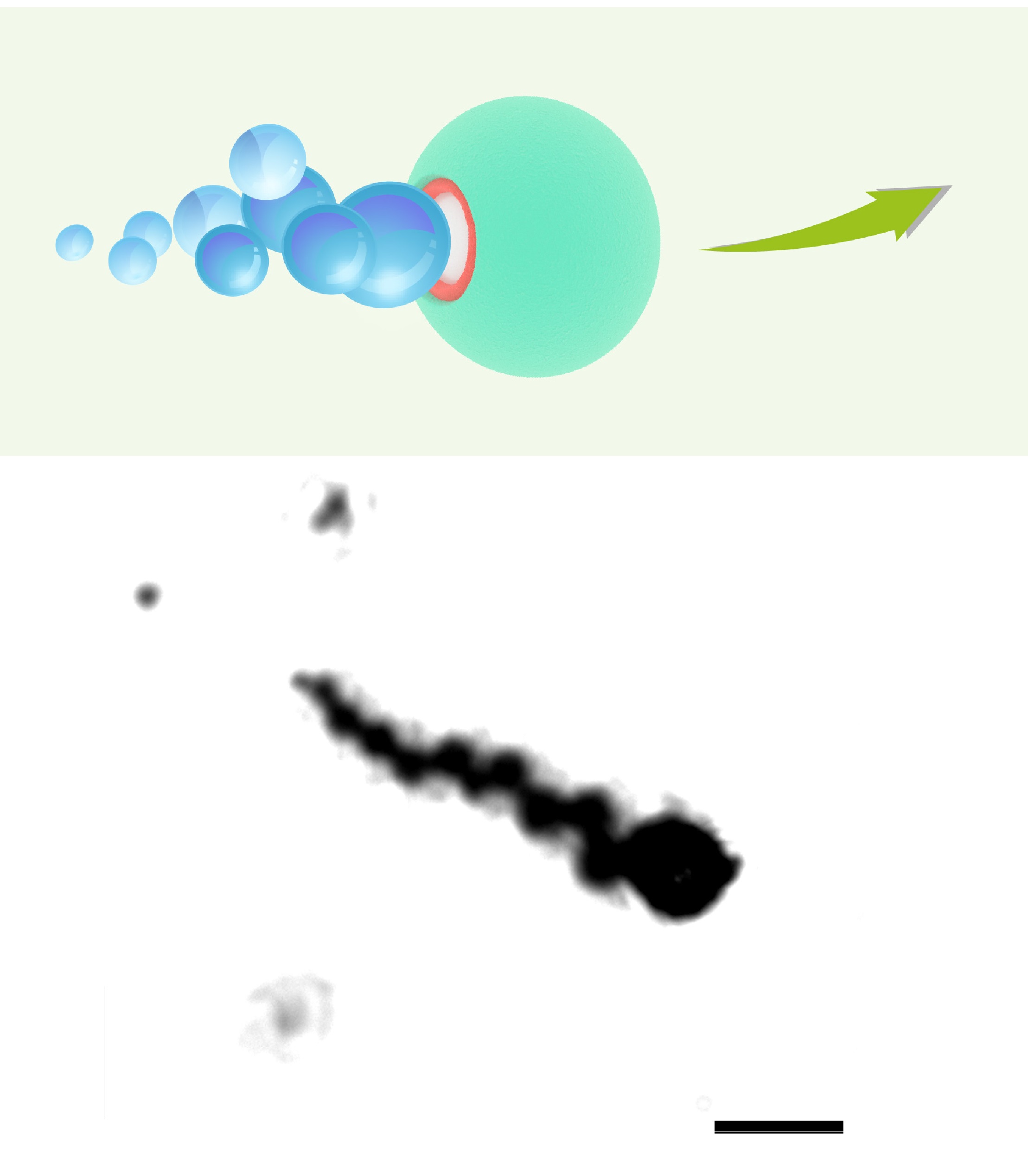A groundbreaking study using a tiny roundworm could pave the way for new treatments for neurodegenerative disorders. Researchers have linked the worm gene swip-10 to copper regulation – a vital element for brain health found in everyday items like wiring and cookware. Understanding the roles of swip-10 and MBLAC1, a protein involved in processing cellular materials, could lead to the development of effective medications and opens new avenues for advancing brain disease treatments.
Tag: reactive oxygen species
Gossypol acetic acid regulates leukemia stem cells by degrading LRPPRC via inhibiting IL-6/JAK1/STAT3 signaling or resulting mitochondrial dysfunction
BACKGROUNDLeukemia stem cells (LSCs) are found to be one of the main factors contributing to poor therapeutic effects in acute myeloid leukemia (AML), as they are protected by the bone marrow microenvironment (BMM) against conventional ther
Mount Sinai Study Uncovers Mechanisms of Reactive Oxygen Species in Stem Cell Function and Inflammation Prevention
Mount Sinai researchers have published one of the first studies to demonstrate the importance of reactive oxygen species in maintaining stem cell function and preventing inflammation during wound repair, which could provide greater insights into the prevention and treatment of inflammatory bowel diseases (IBD), according to findings published in the journal Gut on October 3.
University of Nebraska Medical Center researchers reveal elusive inner workings of antioxidant enzyme with therapeutic potential
The enzyme manganese superoxide dismutase helps maintain human health by keeping the amount of reactive oxygen molecules in cells under control. Using neutron scattering at ORNL, researchers obtained a complete atomic portrait of the enzyme, revealing key information about its catalytic mechanism.

Treating rheumatoid arthritis with micromotors
Researchers reporting in ACS’ Nano Letters have developed magnesium-based micromotors propelled by hydrogen bubbles, which improved rheumatoid arthritis symptoms when injected into the joints of rats.